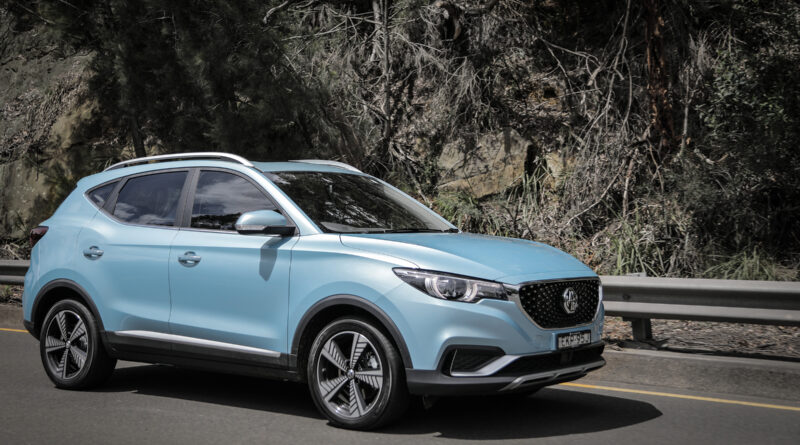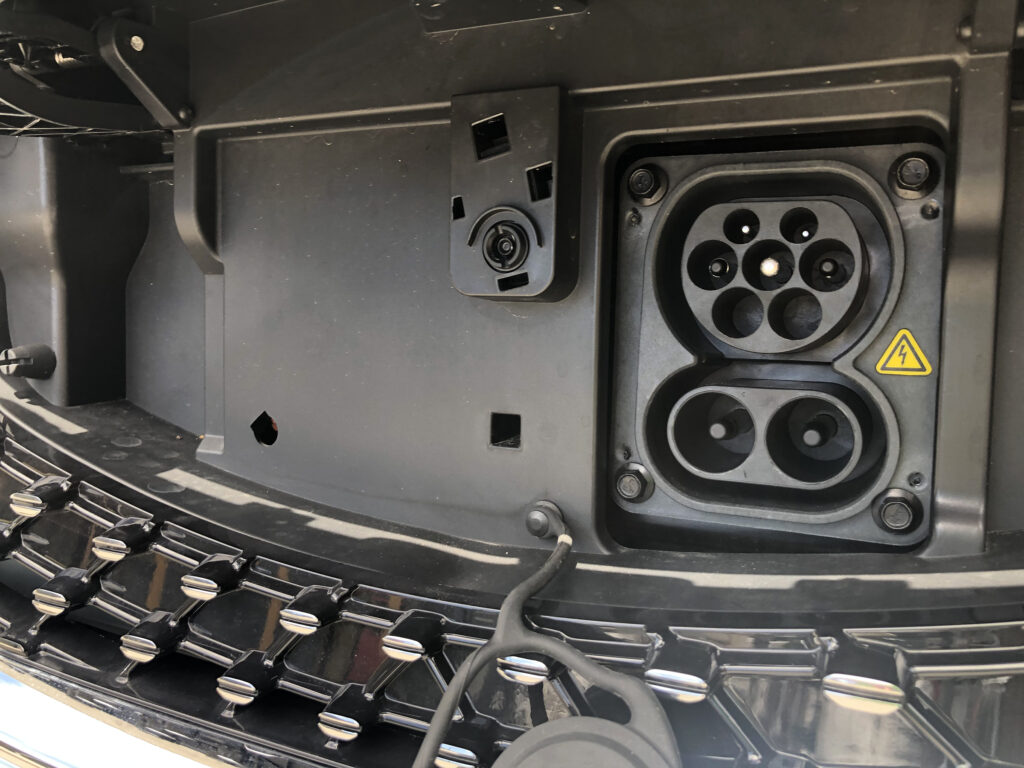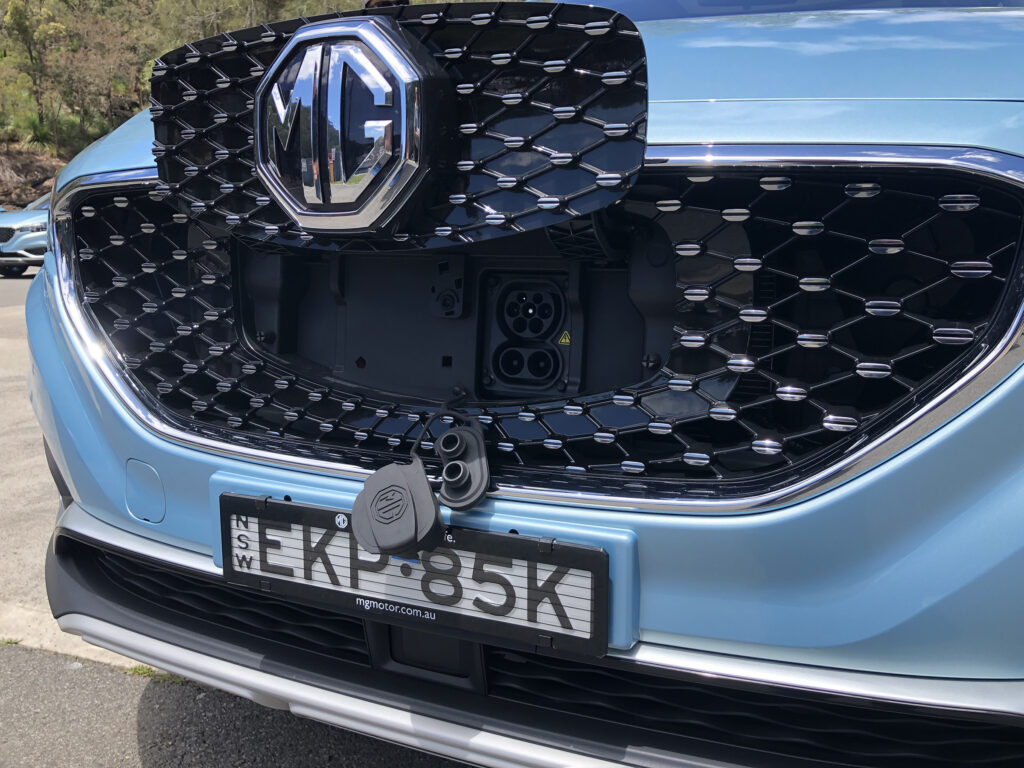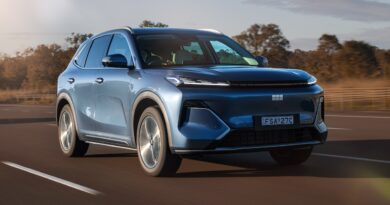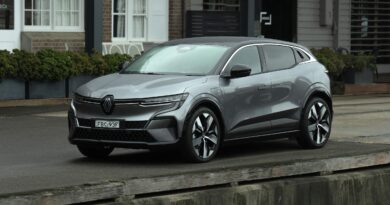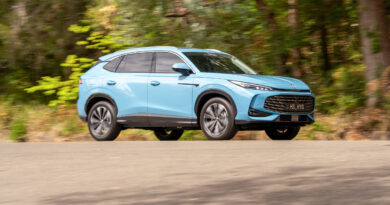Seven-day test: Living with the MG ZS EV
It’s the most affordable EV on the market, at $43,990 drive-away. But what’s the MG ZS EV like to live with?
We’ve evaluated the ZS EV previously as part of our extensive electric car reviews, but this test was different.
We saddled up for a week behind the wheel of the hero in the fast-growing Chinese car maker’s stables.
COMING SOON: MG ZS EV update due in 2022 with styling, tech updates
Day 1: The first test
First impressions of the ZS EV are how normal it is. It looks like any other MG ZS, although trainspotters will notice the slightly different grille that incorporates the charging point. EV nerds may spot the Clipper Blue paint that is unique to MG’s electric and plug-in hybrid models, but otherwise it’s all very regular SUV.
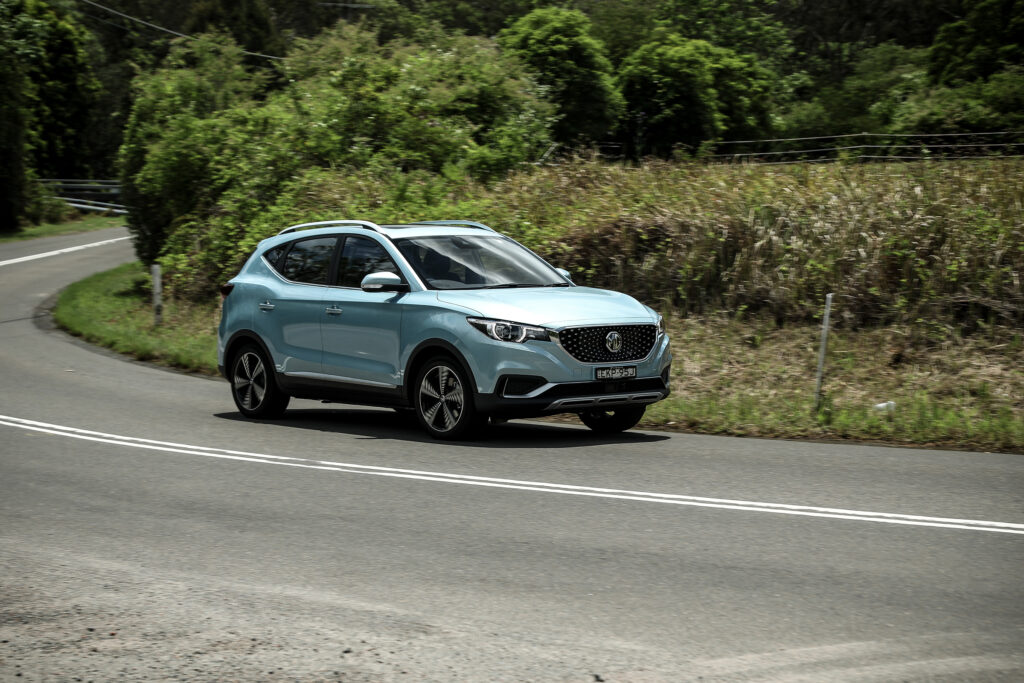
When I collected the car with a 100 percent charge the range predictor was suggesting 224km until proceedings would stop. Reassuringly, after my 27km trip home it was still suggesting 193km of range. So early suggestions are that the onboard computer is well calibrated to keep you informed of how much driving you have left.
Day 2: Work, gym and beyond
A 39km round-trip of gym and work duties lowered the remaining range to 151km. So, again, the little MG seems well under control with estimating how far it will go on those remaining electrons.

First impressions from the better half are that the performance is thoroughly acceptable. She particularly likes the eager throttle response and the way the ZS sprints away from a standstill.
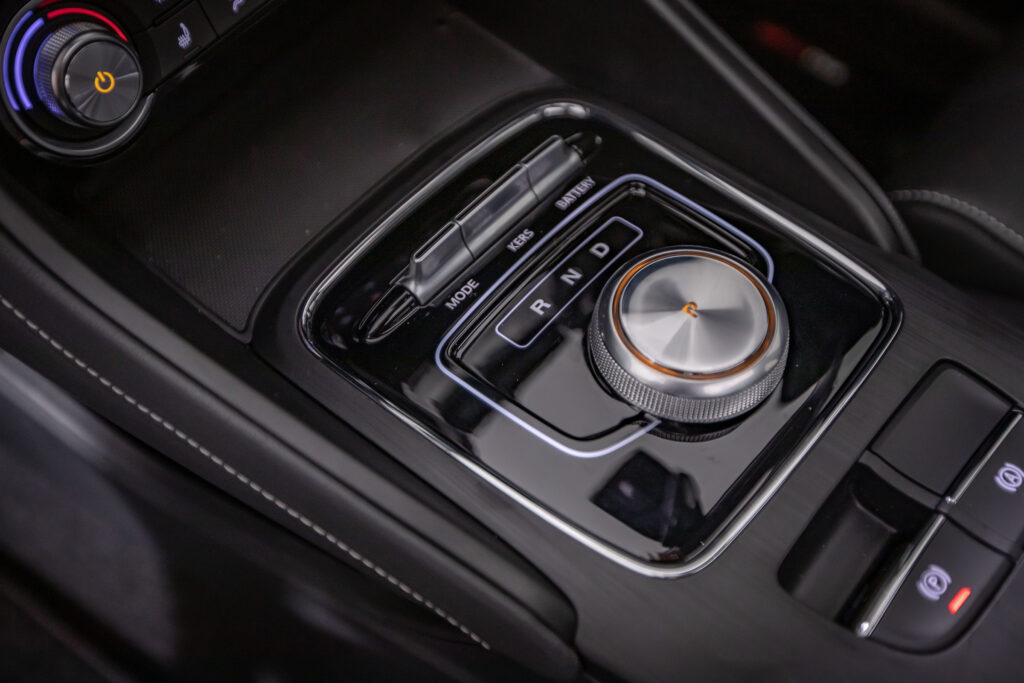
KERS didn’t mean much to her (it’s an F1 term that denotes Kinetic Energy Recovery System) but she likes what it did. In adjusting the level of regenerative braking she decided the middle and least aggressive settings were easier to use than the one that acts more like you’re brushing the brake pedal.
Day 3: Charge time
After some weekend zipping around (Bunnings, butcher, etc) it was off to find a fast(ish) charge. That’s something that turned out to be trickier than it should have been – and not because the MG’s charging plug is buried in the grille (to access it you need to push the door, which then pops out allowing access to the Type 2 CCS plug).

MG ZS EV Type 2 CCS combo charging plug 
Accessing the charge plug on a ZS EV requires a push of the grille
Two major shopping centres in the northern beaches of Sydney have no facilities to charge non-Teslas with a Type 2 plug. Sure, Tesla has looked after its owners, but those buying a new EV either have to buy an adapter cable (to use the older plugs) or do without. It didn’t help that in one of those shopping centres one of the old school Type 1 chargers simply wasn’t working (apparently it’s been out of operation for six months).
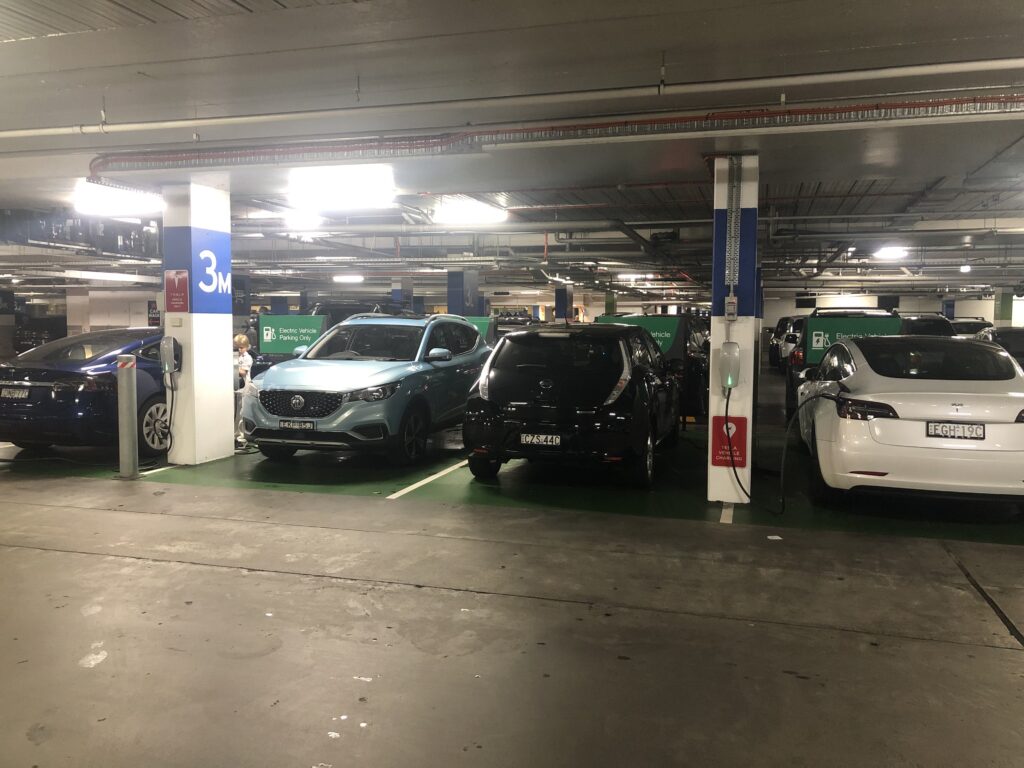
But I finally found a 6.6kW AC charger and pumped in about 18kWh, which took capacity up to 89 percent. Interestingly the claimed range was at 233km while the car was still charging, but as soon as I unplugged and pressed the start button that dropped to 189km. The pressures of performing…
Day 4: Cross-town kids’ sport
It’s buckle up time, because it’s a full day of running around town with the best Sydney Sunday drivers can muster. That’s when the near-instant throttle response comes into its own. Along less familiar roads and with the sluggish Sunday-ers loping along it’s handy to be able to zip into gaps with little right-foot action.
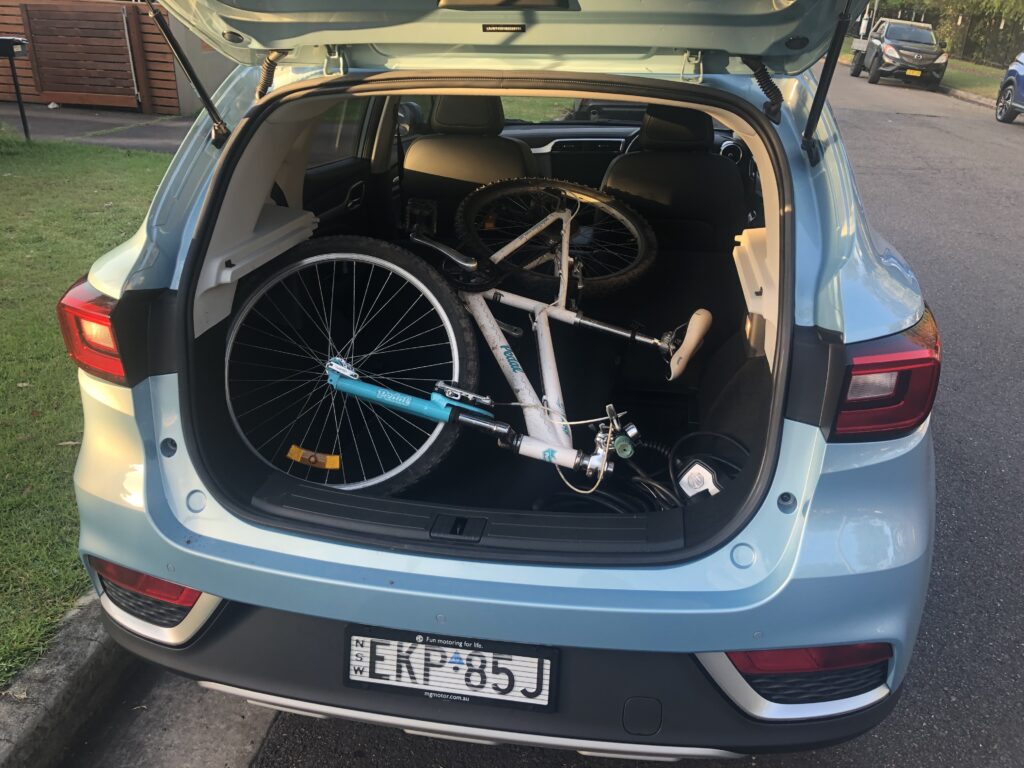
The day started with a triathlon, so it was loading up the car with a kid and bike, the latter sliding into the boot without an issue.
Being bored in slow traffic also gave time to explore some of the sub-menus within the instrument cluster. It’s here I found what is now one of my favourite displays, on relating to motor speed, how much current is flowing to it and the voltage it’s all happening at.
Being a single-speed direct-drive the motor doesn’t spin at all when stationary, but quickly builds to 3800rpm at 60km/h and about 6300rpm at 100km/h. The faster you go, the faster the motor rotates.
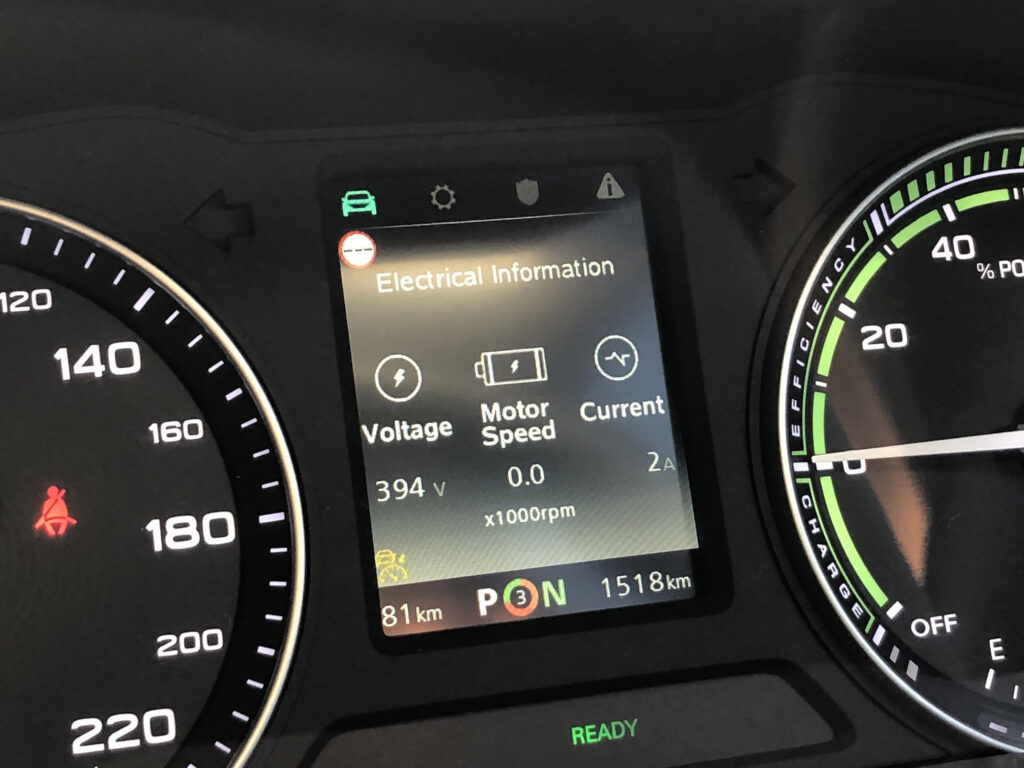
MG claims the motor’s maximum revs is 10,000rpm, which indicates the top speed would be something around 160km/h.
The current draw can easily surpass 100 amps and it goes into the negative once you’re regenerating electricity during braking.
Day 5: Suburban duties
Another quick charge brings things back to 162km range. And today is family time, so our two kids jumped on board for some suburban running. It’s with the whole family on board that the ZS EV’s suspension quibbles are most noticeable, particularly a lack of damping (or suspension control) at the rear of the car. Table-top speed humps lead to lots of bouncing in the back-end. No qualms with performance, though, and the ZS EV maintains its vibrancy and energy, even with more bodies on board.
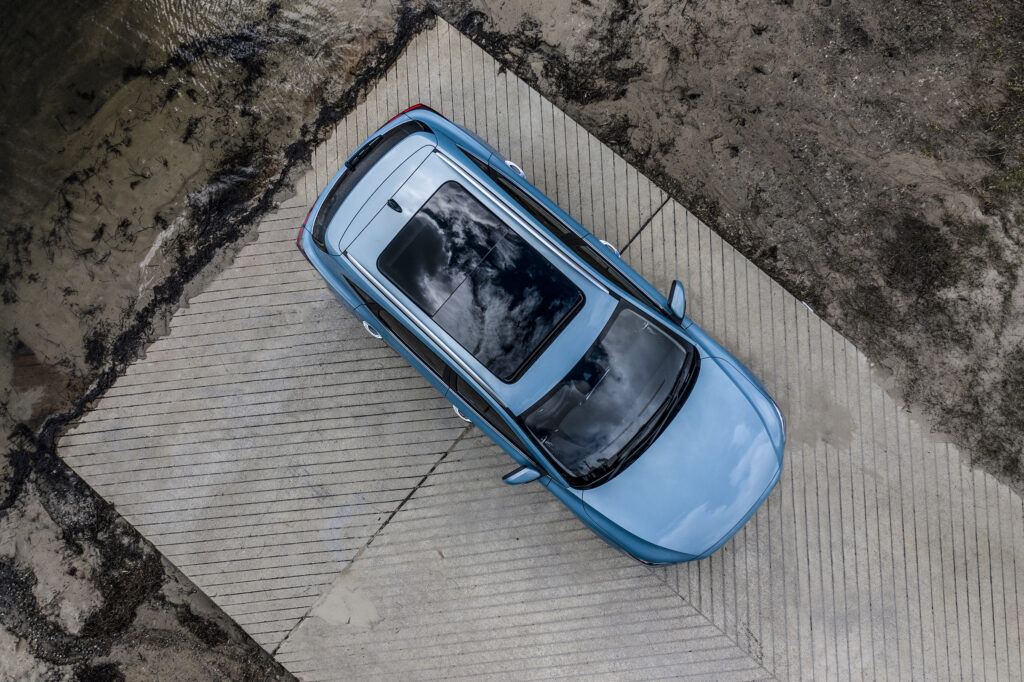
As for space, the ZS EV is a small SUV – most notable with its compact boot – but the back seats are thoroughly kid friendly. With some back seats folded we even squeezed some watercraft in.
Day 6: Time to reflect
Thumbing through the specs of the little MG ZS EV gave me time to appreciate what is an isn’t included. The stuff that looks like leather isn’t, for example, although it doesn’t overly affect the ambience. Sure, some of the finishes don’t match up to the likes of Mazda or Volkswagen, but they’re up there with the budget end of the market. And from the outside there’s enough chrome on what is a stylish shape to lift the look.
And the reality is there’s a long line of gear included for the price, including some of the safety gear – auto emergency braking and blind spot warning – that doesn’t make it into the regular (non-EV) MG ZS (those features are included in the MG ZST, which is an updated, more expensive version of the ZS). There’s also Apple CarPlay and Android Auto and a panoramic sunroof.
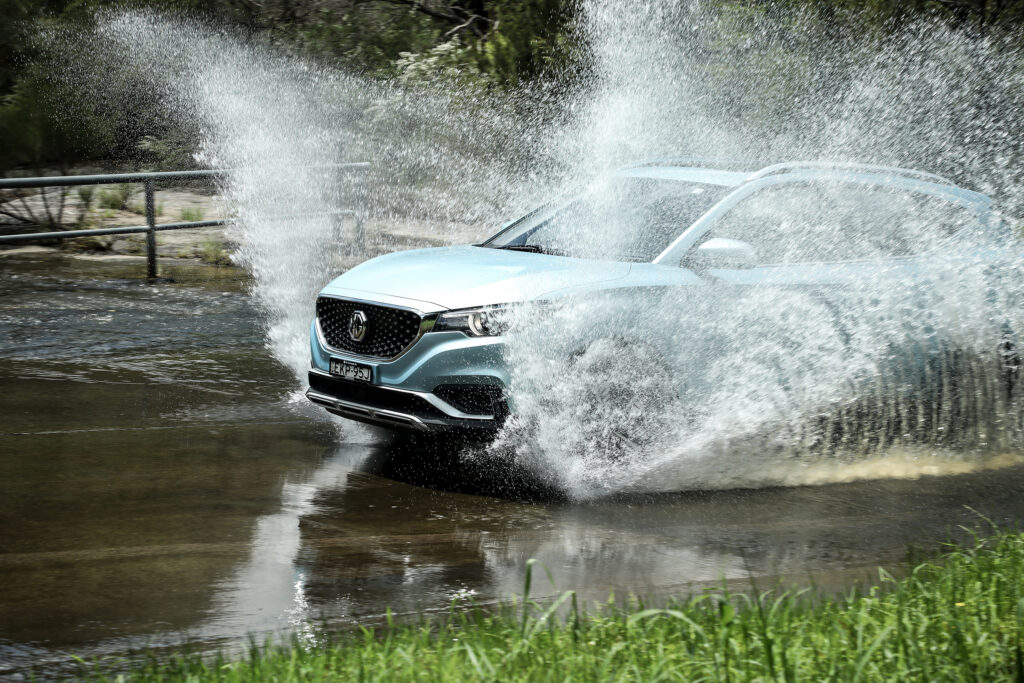
The main negative with the EV version is to the warranty. Whereas other MGs get seven years’ coverage, the ZS EV tops out at five years. That’s an indication of how tight the margins are in trying to make the EV work.
As with other EVs, the high-voltage battery is covered by a separate eight-year, 160,000km warranty, although MG Australia doesn’t stipulate how much of the battery’s original capacity must remain for repairs or replacements to kick in. Interestingly, in the UK, the battery warranty covers the battery up to 70 percent of its original capacity, with MG adding that “where possible the excessive loss portion will be repaired, if unrepairable the lithium-ion high voltage battery will be replaced with either a new or a remanufactured battery”. In other words, any repairs may only bring the battery up to that 70 percent threshold.
Day 7: Crunching the numbers
There was a quick final blast to the beach to take my son paddling on his nippers board. Being a compact SUV there was some flipping and folding of seats, but the board fit in fine.
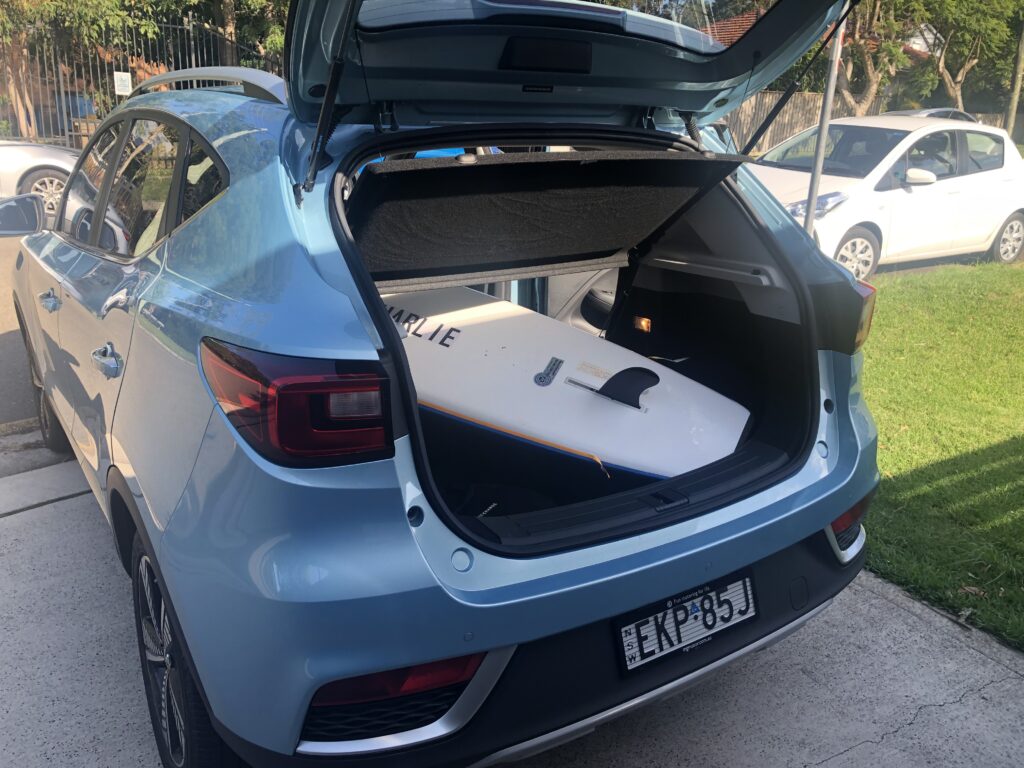
My final full day with the ZS EV gave time to go over the numbers, including how much electricity it consumed. Over 362 kilometres it used an average of 17.0kWh/100km, although the energy used varied a bit throughout my week. The best I saw was 13.9kWh/100km, which was thoroughly respectable over a 35km easy run.
And you could easily improve – or reduce – the electricity use by changing the way you drive. Plus, at one stage while parked I was mucking around with various settings and noticed that switching of the AC increased the range from 80km to 94km – a whopping 17 percent increase. So, if you are close to draining the battery you could always sweat it out to make it those extra few kays…
Throughout the week the ZS EV proved reliable in its range predictions. And the state of charge warning came on with 53km left to run, which was the time the electricity gauge went down to its last bar on the digital readout. It’s certainly enough to catch your attention and convince you to head for a charging station.

